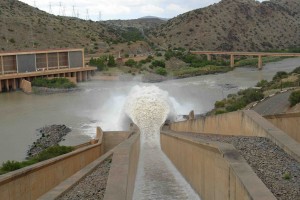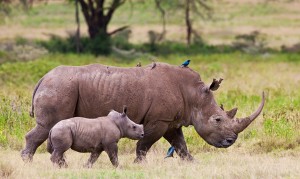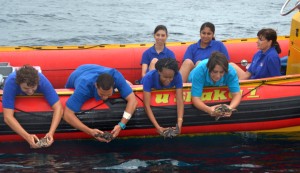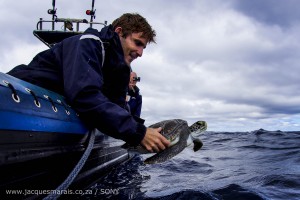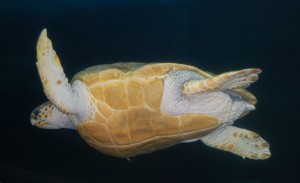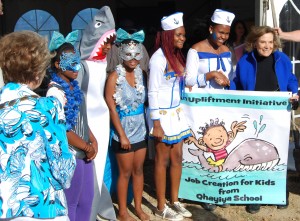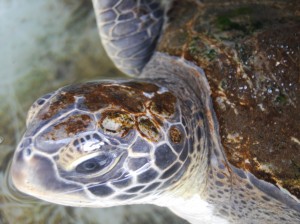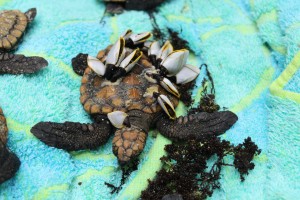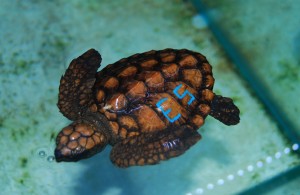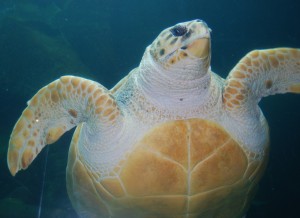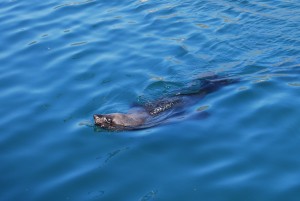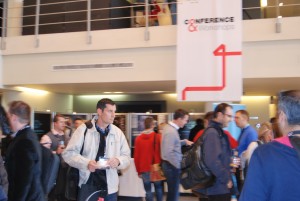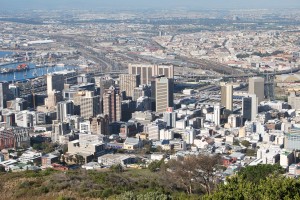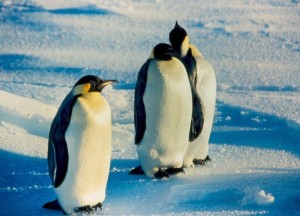 < According to the Climate and Development Knowledge Network (CDKN), atmospheric carbon dioxide concentrations are now at 400 parts per million (ppm) and scientists have estimated that keeping the mean temperature rise between 2 degrees centigrade and 2.8 degrees centigrade will require the stabilisation of atmospheric carbon dioxide at between 445 ppm and 490 ppm.
Although still catastrophic for vast numbers of people, fauna and flora species and marine and terrestrial ecosystems around the world, it is hoped that this limit will keep the global climate from crossing a dangerous threshold.
< According to the Climate and Development Knowledge Network (CDKN), atmospheric carbon dioxide concentrations are now at 400 parts per million (ppm) and scientists have estimated that keeping the mean temperature rise between 2 degrees centigrade and 2.8 degrees centigrade will require the stabilisation of atmospheric carbon dioxide at between 445 ppm and 490 ppm.
Although still catastrophic for vast numbers of people, fauna and flora species and marine and terrestrial ecosystems around the world, it is hoped that this limit will keep the global climate from crossing a dangerous threshold.
 In terms of warming, margins are very small – the difference between a warm temperate interglacial such as we are living in now and an Ice Age is only about three degrees centigrade. And an average of just nine degrees centigrade separates the mean temperature of today from the very coldest points of both the last Ice Age and the penultimate Ice Age.
In terms of warming, margins are very small – the difference between a warm temperate interglacial such as we are living in now and an Ice Age is only about three degrees centigrade. And an average of just nine degrees centigrade separates the mean temperature of today from the very coldest points of both the last Ice Age and the penultimate Ice Age.
What would a seemingly small increase of “degree days” mean for us, keeping in mind that the danger lies not in a 2°C increase but in the cumulative effect of 365 days at an increase of 2°C?
At 1°C of warming there will be changes in global ecology and changed weather patterns, with droughts in some parts of the world and severe winter blizzards in others. There will be changed agricultural zones and changes in vector ecologies with a recombination of microbes.
At 2°C of warming (which we are committed to regardless of current mitigation measures) we will have reached the point at which some of the larger human impacts and critical positive feedback loops are expected to begin with the crossing of thresholds or tipping points.
At 3°C of warming which is five times the warming of today climatic zones will move rapidly with species’ dislocations of connection and catastrophic weather extremes as the global weather machine adjusts to “boundary conditions”.
4 or more degrees centigrade of warming is beyond imagining …
